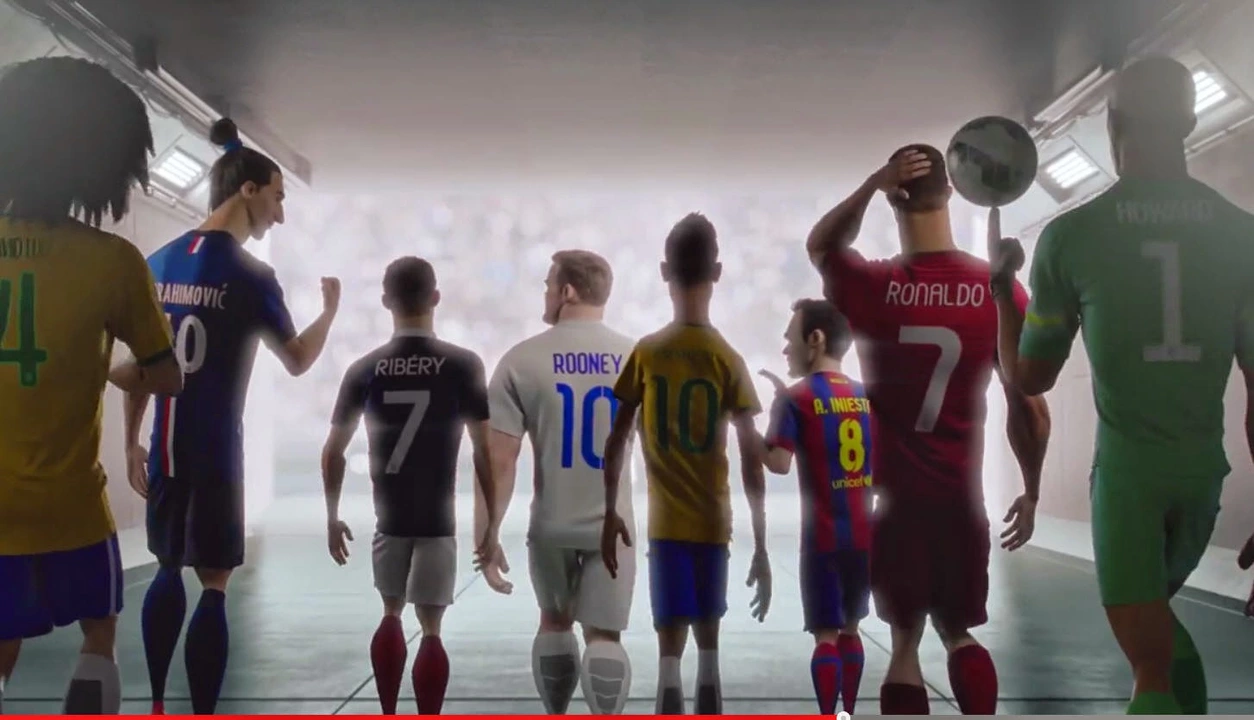Popularity in Sports: Why It Matters and How It Grows
When talking about Popularity, the level of public interest and attention a sport, team, player, or event receives. Also known as public appeal, it shapes everything from ticket sales to TV deals. Right alongside it sits fan engagement, the ways supporters interact with their favourite clubs and athletes, a key driver of lasting popularity. Equally important is sports merchandise, items like jerseys, caps and cleats that let fans wear their allegiance, which turns interest into revenue. Finally, social media trends, the viral conversations and hashtag spikes that amplify visibility act as a modern pulse check for what’s hot in the game world. Understanding how these elements interlock helps you see why some clubs become household names while others stay in the shadows.
Fan engagement isn’t just cheering from the stands; it’s a two‑way conversation. Clubs that post behind‑the‑scenes videos, run interactive polls, or host live Q&A sessions give supporters a sense of ownership. That sense of belonging fuels repeat attendance and boosts streaming numbers. For instance, when a Premier League side shares a player’s training routine on Instagram, fans not only watch but also comment, share, and create memes, extending the club’s reach far beyond the pitch. The more a fan feels heard, the more likely they are to buy tickets, stream matches, and spread the word, creating a virtuous cycle that lifts overall popularity.
Merchandise sales act as a tangible barometer of a team’s or player’s draw. When a new kit drops and sells out in hours, it signals a surge in fan loyalty and a successful branding push. We see this with popular jersey sites like Soccer.com and Kitbag, where limited‑edition releases generate queuing lines online and on social feeds. Those sales don’t just fill coffers; they turn fans into walking billboards, turning streets into ad space for the sport. The data from jersey sales also guides clubs on which colors, designs, or player numbers resonate most, feeding back into marketing strategies that keep the popularity engine humming.
League popularity follows a similar pattern but at a larger scale. Major competitions like MLS, the Premier League, or the NFL attract global audiences because they combine high‑quality play with strong storytelling. Media contracts, sponsorship deals, and international tours all hinge on viewership numbers. When a league expands into new markets—say, a US club touring Asia—the exposure spikes both fan engagement and merchandise demand, nudging the league higher on the popularity ladder. This ripple effect also affects player transfers; a high‑profile move, such as a right‑back signing with a Brazilian giant, can instantly lift both the player’s and the receiving club’s profile worldwide.
Social media trends amplify every other factor. A single viral clip—like a spectacular goal or a funny locker‑room moment—can explode across TikTok, Twitter, and Instagram, reaching millions who might not watch the match live. Hashtags turn casual viewers into active participants, and trending topics push algorithms to showcase more related content, further feeding the popularity engine. Brands monitor these spikes to time merchandise drops or announce sponsorships, ensuring they ride the wave of public interest. In short, social media acts as the real‑time scoreboard of what fans care about right now.
Below you’ll find a curated collection of articles that dive deeper into each of these facets. From transfer stories that reshaped player popularity, to the science behind why California hosts so many pro teams, and even tips on how to pick the perfect soccer jersey, these posts give you a front‑row seat to the forces that drive popularity across the sport world. Explore, learn, and see how the pieces fit together.
Who likes soccer?
As a soccer enthusiast, I've often wondered who else shares my love for the beautiful game. It turns out that soccer is incredibly popular worldwide, with millions of fans spanning across various cultures and age groups. From children playing in the streets to professional athletes, soccer has a unique ability to bring people together, regardless of background or social status. Soccer transcends language barriers and unites fans with a shared passion for the sport. I am grateful to be a part of this global community, and I continue to be amazed by how soccer connects us all.
